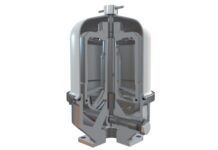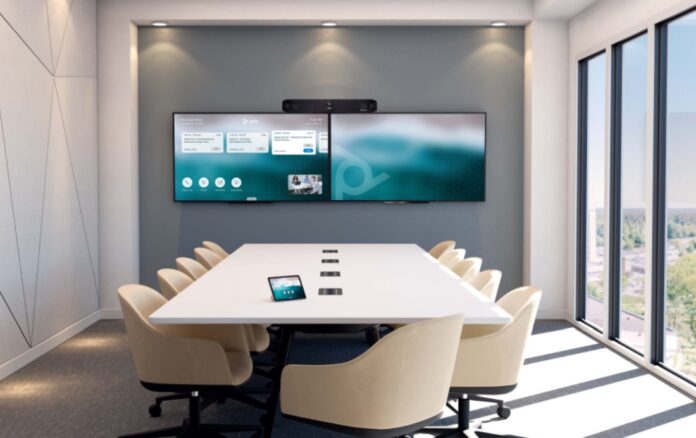
Conference rooms are an important part of every company, not just because they function as meeting places, but also because they represent the professional image the company wants to project.
There is a lot more to these rooms than just chairs and tables – there are technical needs like audio-visual equipment that make them great places to hold meetings, events and presentations.
While it can be difficult to pick the right equipment out on your own – there’s no need for you to worry. This article will provide you with all the necessary knowledge to properly design and equip your conference room.
Tip 1 – Be Mindful Of The Personal Space
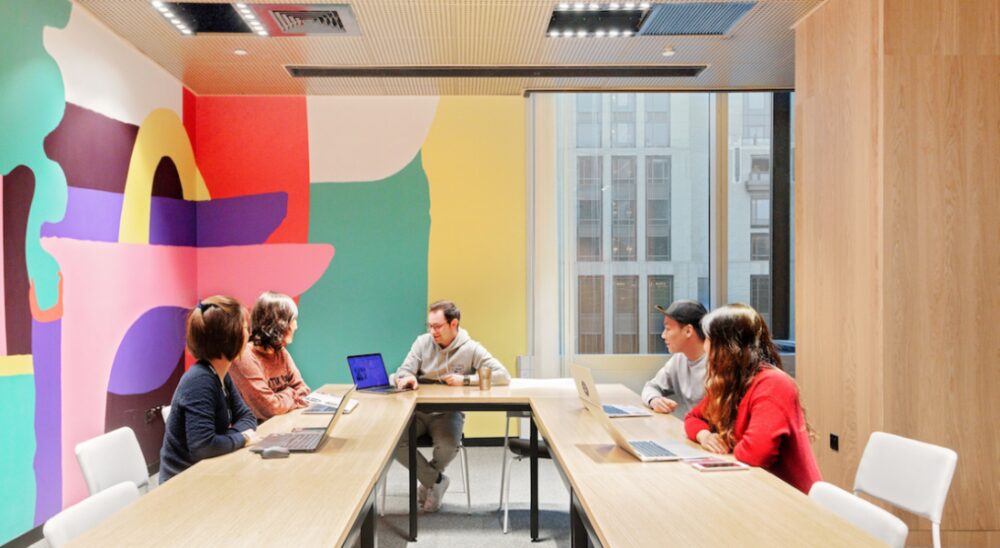
The number one thing on your mind when designing a conference room should be the actual space. Meetings are already stressful enough, and stuffing fifteen people around a table that only sits eight is not going to help.
So, whether it is you or an architect designing a conference room – you have to be mindful of actual space people will get to enjoy.
You’ll want your conference room to be spacious, but at the same time, you’ll want to keep everyone close and intimate around the table. That way, you won’t have anyone shouting or feeling left out of the meeting.
As a general rule of thumb, the space between two people sitting at the table should be around two feet.
Tip 2 – Isolate It From Distractions
No one likes to be in an hour-long meeting, so naturally, people will look for distractions. It is up to you to prevent that from happening. A conference room is a place of business where you’ll want everyone sharp and focused. After the meeting’s done, your employees can head over to the breakout space and distract themselves to their heart’s content, but that kind of behaviour won’t fly during a meeting.
So, when designing a conference room, you’ll want to make sure that the room has proper sound isolation – for two reasons. Number one – you don’t want anyone eavesdropping on the conversation, and two – you don’t want any outside noises disturbing the meeting.
Additionally, you’ll want to avoid big glass walls. Seeing constant movement outside of the conference room can be very distracting for everyone involved. So, either go with regular, hard walls or at least invest in some blinds.
Tip 3 – Keep It Well-Lit
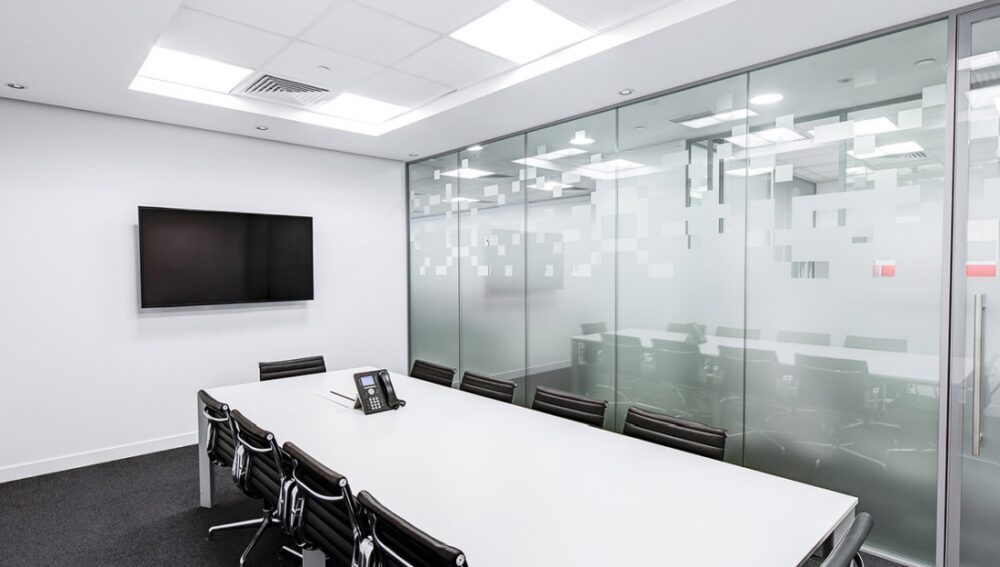
A conference room must be well-lit. A well-lit conference room will keep everyone sharp and focused, but more importantly, it will make the room feel cosy and comfortable, which is something you often associate with a conference room, which is a mistake.
On the other hand, you must also make sure that you can shut off the lights if need be, e.g. if you’re holding a presentation. So, it’s not only about large windows and an abundance of natural light. You’ll have to strive for a mix of both natural and artificial light to hit all the right notes.
Tip 4 – Prioritize Movable Furniture
While it is true that we don’t often picture conference rooms as the most lively of rooms, investing in movable furniture might be something to consider for two reasons.
The first reason is adaptability. Having the ability to easily move and rearrange the furniture around the conference rooms allows you to tailor the space to a specific event held in that same conference room.
And, the second reason is allowing people to easily move around the conference room. Some meetings simply require a lot of movement and body language. If everyone’s tied to a table and a chair – you might be limiting their ability to express their idea in the proper light.
Tip 5 – Invest In High-Quality A/V Solutions
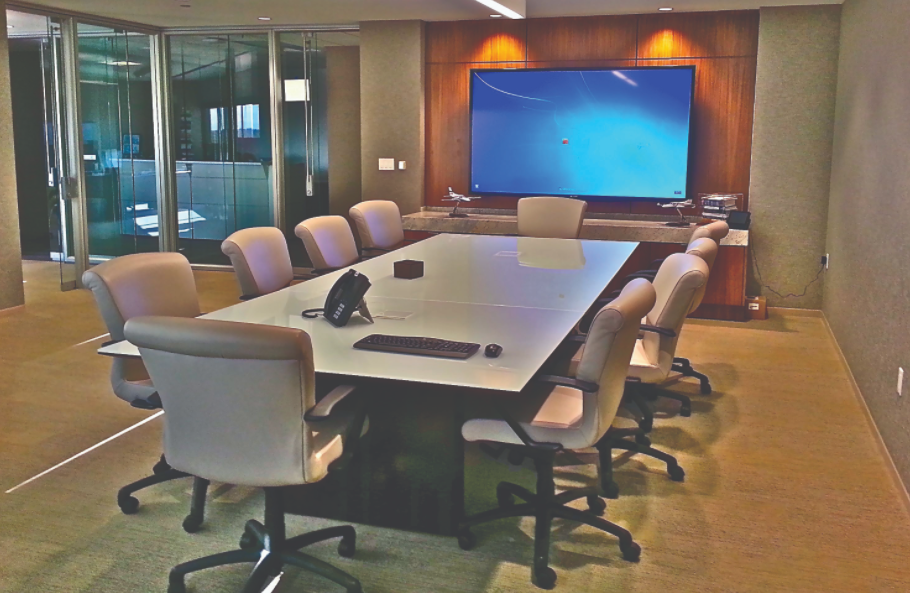
If our expert advisors over at Hudd have taught us anything over the years, it’s that a conference room without proper audio-visual equipment isn’t a conference room. Allow us to elaborate and show you a few examples.
Picture an eight-person meeting, where every member is equally valuable, and they’re all trying to pitch their new idea to the boss that’s attending the meeting via Zoom or Skype. Do you think it would be easy for them to communicate if the audio and video equipment isn’t modern, up-to-date, and easy to use? No, of course not.
So, if you want to be taken seriously and you want your conference room to be a place of business – you have to invest in technical equipment like high-quality speakerphones, microphones, speakers, TV, touch screens and interactive panels, laptops or tablets, etc. Without it, you just have a room.
Tip 6 – Don’t Waste Money On Technical Items
We know we just said that you should invest in technical items and devices, and we stand by it. However, that doesn’t mean that you should waste money on unnecessary tech.
As we all know, design is about usability and practicality, and only them about the looks – and your conference room should be the same way. So, instead of just buying the most expensive audio-visual equipment, what you’ll want to do is invest in some kind of conference or huddle room configurator software.
Software or a program like this one will help you pick the right equipment based on your needs. What it will also do is help you not waste money on pointless tech.
For example, if you need a conference room for eight people and you know that most of the meetings would consist of reviewing presentations, a huddle room configurator would help you choose the best TV or a projector instead of motion-tracking cameras.
On the other hand, if you need a conference room equipped for video calls and online meetings, and the nature of your job requires you to move around while you present your pitch – a huddle room configurator will point you in the direction of high-quality motion-tracking cameras instead of projectors and TVs.
Conclusion
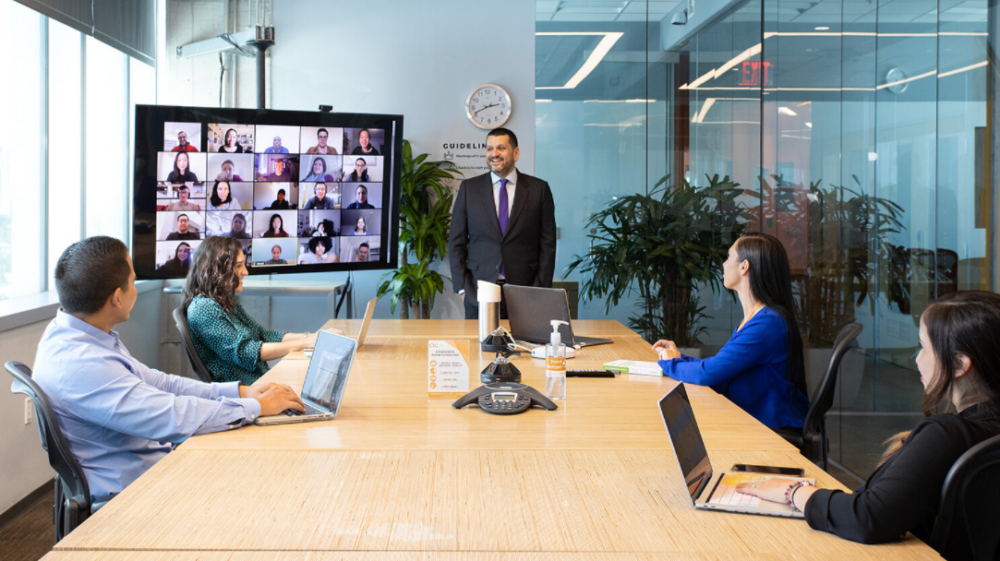
As you can probably see, there’s no need for you to overthink this. If you just follow these six simple tips, you’ll have no problem designing and equipping a perfectly sound conference room.



